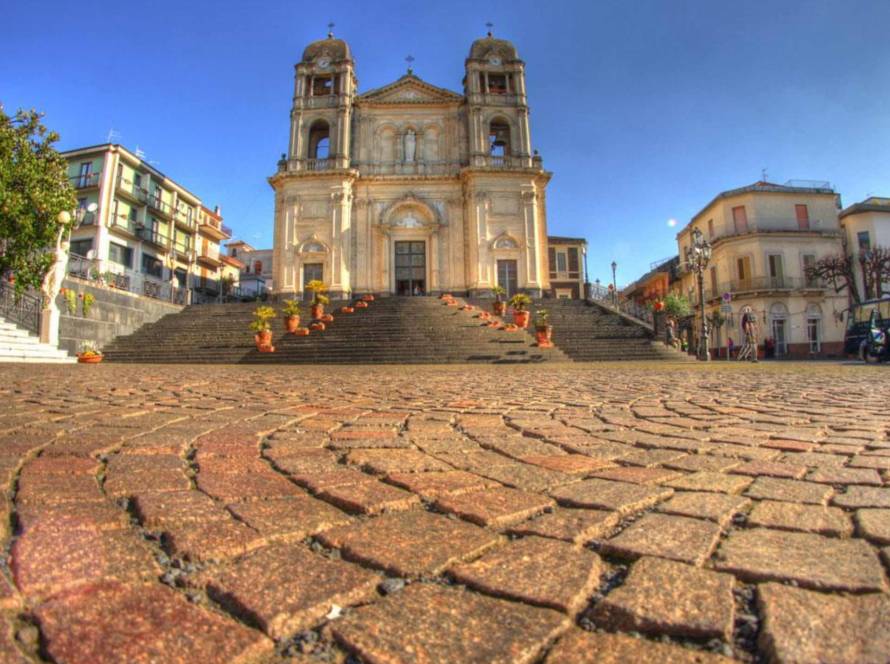Mount Etna is located on the eastern coast of Sicily and is the highest active volcano in Europe, one of the most active in the globe. Thanks to 2700 years of eruptive activity, the maximum height of the volcanic cone today exceeds 3300 meters above sea level on about 45 km of base diameter. These dimensions make it the most impressive terrestrial volcano in Europe and the entire Mediterranean area.
According to the myth, the activity of ashes and lava eruptions of the volcano would be the fiery ‘breath’ of the giant Enceladus, defeated by Athena and trapped for eternity in an underground prison under Mount Etna, and the earthquakes would be caused by him moving the chains.
21 June 2013, 11.45 am. In the ancient Etna Park headquaters , the most awaited news arrives from the distant Cambodia: Etna, “a Muntagna”, enters the UNESCO World Heritage List. On the day of the summer solstice, therefore, Etna finally becomes a World Heritage Site and an ambitious project born twenty years earlier is realized.
The “Mount Etna” site was registered in the World Heritage List in accordance with Criterion VIII among the ten indicated in the operational guidelines for the implementation of the World Heritage Convention. According to Criterion VIII, the site of exceptional universal value must “constitute an extraordinary testimony of the main periods of the earth’s evolution, including evidence of life, of geological processes underway in the development of the physical characteristics of the earth’s surface or of geomorphic or physiographic characteristics significant “.
This is the reason for the inscription: “Etna is one of the most active iconic volcanoes in the world and an extraordinary example of continuous geological processes and volcanic formations. The stratovolcano is characterized by the almost continuous eruptive activity from the craters of its summit and quite frequent eruptions and lava flows from the craters and fissures on its flanks. This exceptional volcanic activity has been documented by humans for at least 2700 years and is one of the world’s longest documented records of historical volcanism.
The varied and accessible assemblage of volcanic features such as the summit of the craters, the ash cones, the lava flows, the lava caves and the depression of the Valle del Bove have made Mount Etna a privileged destination for research and education. Nowadays Etna is one of the best studied and monitored volcanoes in the world and continues to influence volcanology, geophysics and other earth science disciplines.







